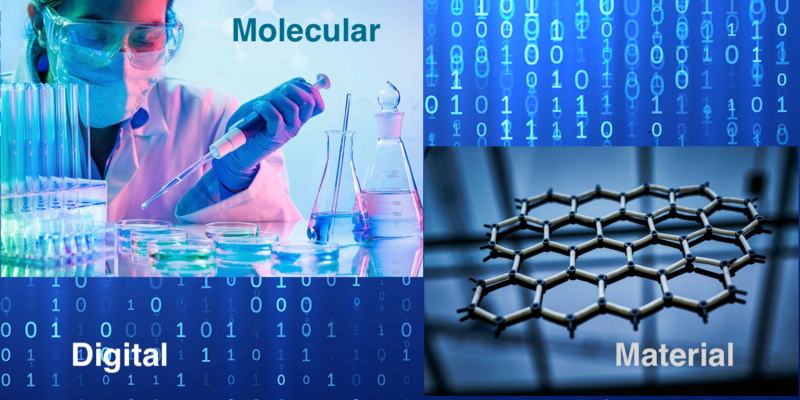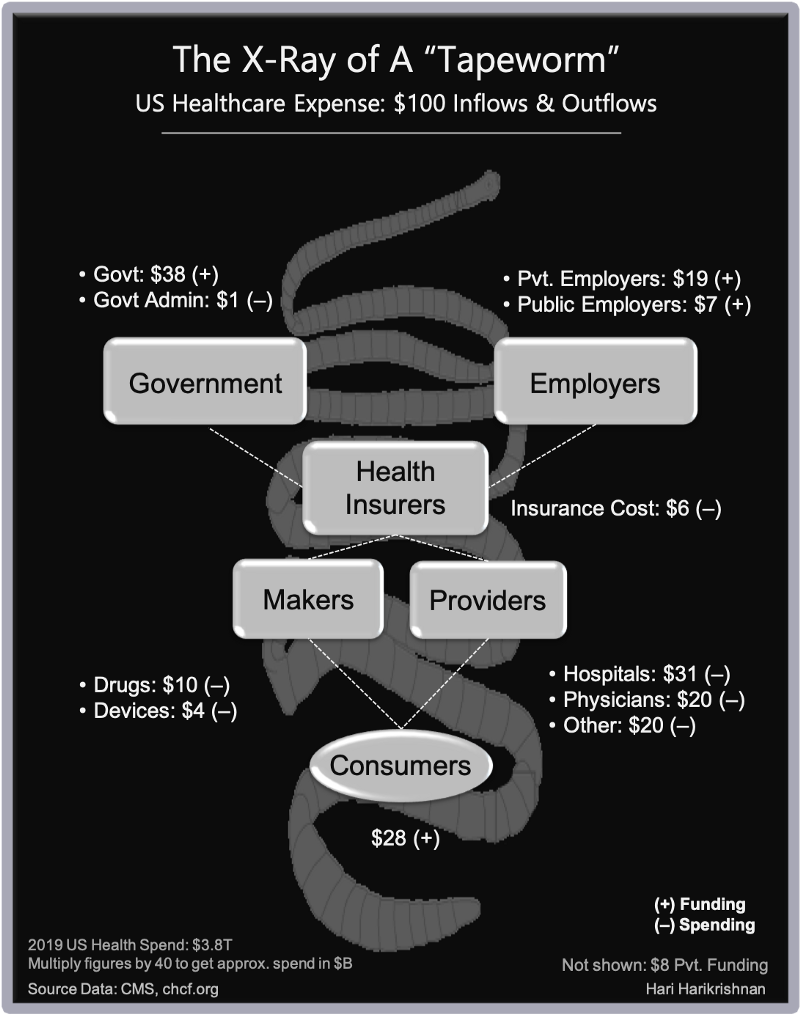Digitizing paper health records is a far cry from the benefits we get from our digital prototype.
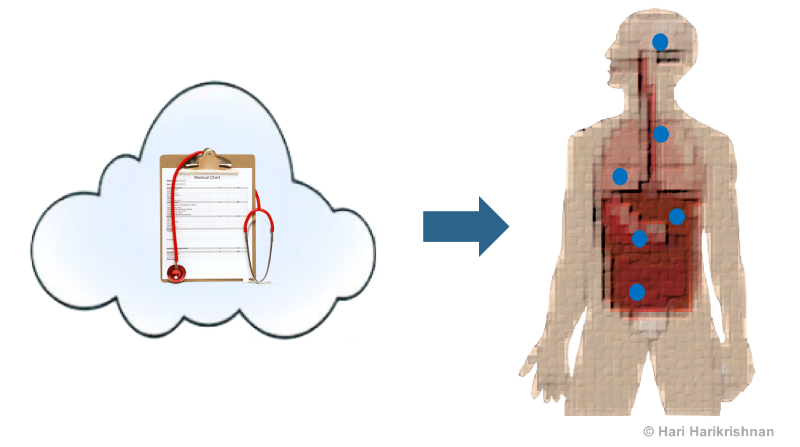
The world of Industrial Internet of Things (IIoT) is awash with stories of how digital twins will create value via predictive maintenance. Consider the zillion discussions we have everyday on how early detection of failures of a robot in a production line can save millions from preventing downtime (“ZDT” or Zero-downtime), if only it were connected and monitored from the cloud.

As 2018 dawned, I found myself longing for my own digital twin.
Why can’t I have a digital twin, if a robot gets its own?
EHR: Maintenance Logs in the Cloud
The world of healthcare has EHRs (Electronic Health Records) — digital paper logs that document our truck rolls for reactive maintenance to hospitals, physicians, and pharmacies.
EHRs are like the data logs from a computer or a machine about what happened to us, why we went to a healthcare provider etc. We have digitized almost all patient logs over a period of two decades across most of the world.
EHR’s are nothing but Personal health logs in the cloud.
EHRs serve their purpose for coordination of care across all care providers by providing an easily accessible, complete history.
Are EHRs enough? In a world with digital twins for all the capital equipment we own and use, isn’t it time we got digital twins for our bodies — twins that model our own human hardware and predict its lifespan and failure rates?
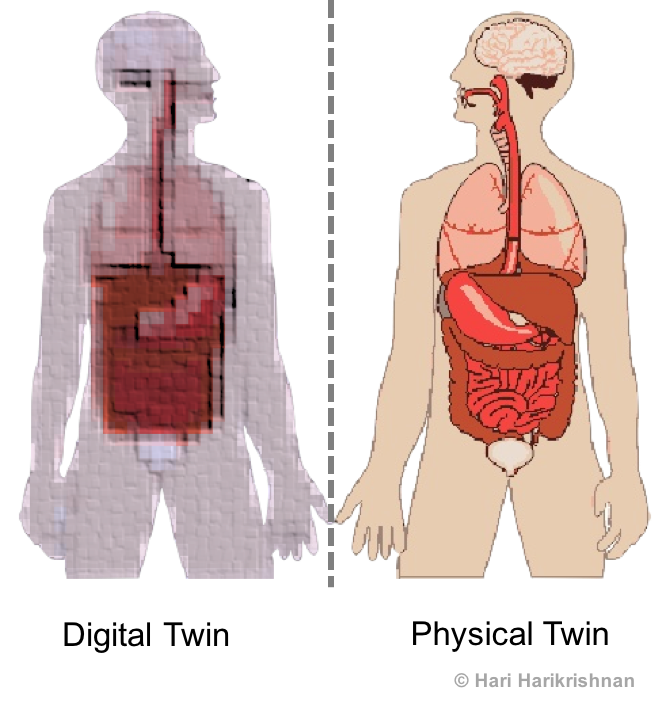
What would it take to create our digital twins? Well. A lot more than creating the digital prototype of a robot.
Body by the Numbers
First, let’s look at the complexity involved.
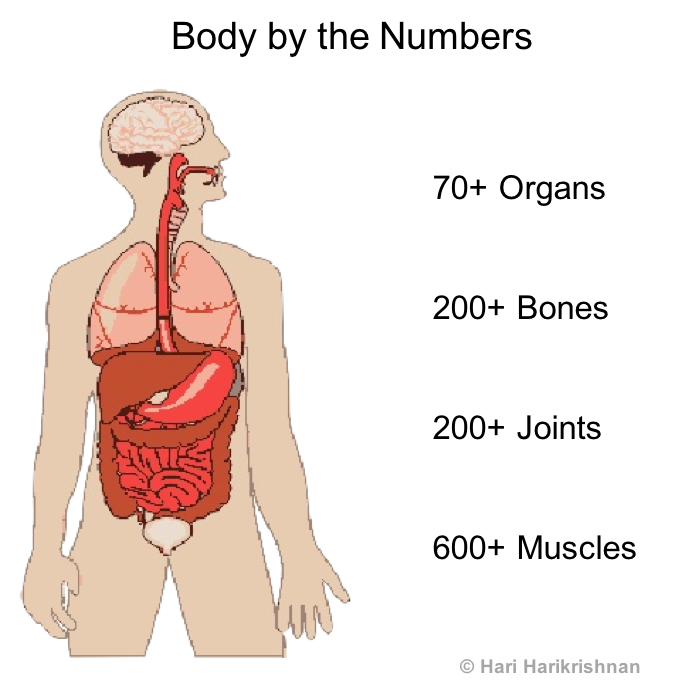
This is just a superficial look at the complex human hardware by classifying the parts — bill of materials or BOM, if you are into discrete manufacturing. It shows some of the steps involved in creating digital twins of our selves.
[It is a superficial view because it shows body parts at the “macro-level”, not at the fundamental cellular or genomic level.]
Okay, it’s complex, but…
Can we prioritize what we want to model from the above bill-of-materials?
Top Malfunctions
If we prioritize them by the top part failures and cause of death, the top 10 killer diseases worldwide affects key organs as shown below.
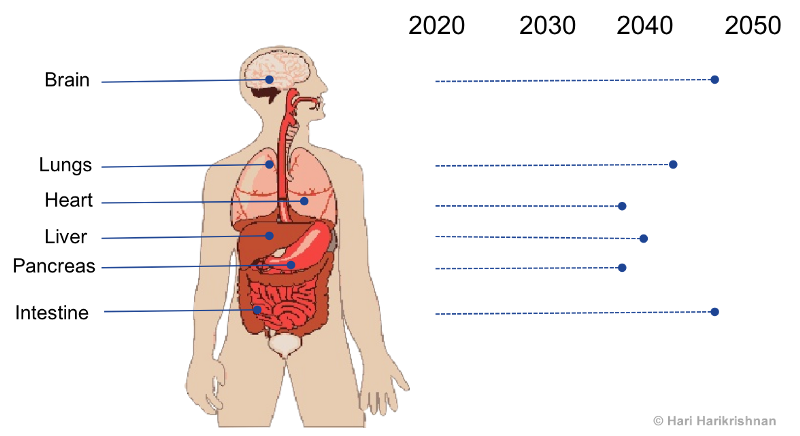
Cardiac and pulmonary diseases, diabetes, Alzheimer’s and diarrhea — leading causes for death — are centered on the above six organs. [Of course, the impact varies depending on whether you live in developed or developing countries and your economic strata.]
If we had digital twins for these six organs, we would know which ones are likely to fail first as we age chronologically over the next 30 years from 2020 through 2050, as shown above. We would know how these macro-part failures cause the entire system to fail and by when.
Always-on connectivity and data processing via IoT will help keep the digital twins up-to-date relative to the physical body, just like in the industrial IoT world.
Wouldn’t that be the predictor and influencer for how we improve our quality of life? For how we change our lifestyle and medicate ourselves?
Move over EHR, for My Own Digital Twin
EHRs serve their purpose. But, enough with singing paeans of those glorified log files in the cloud.
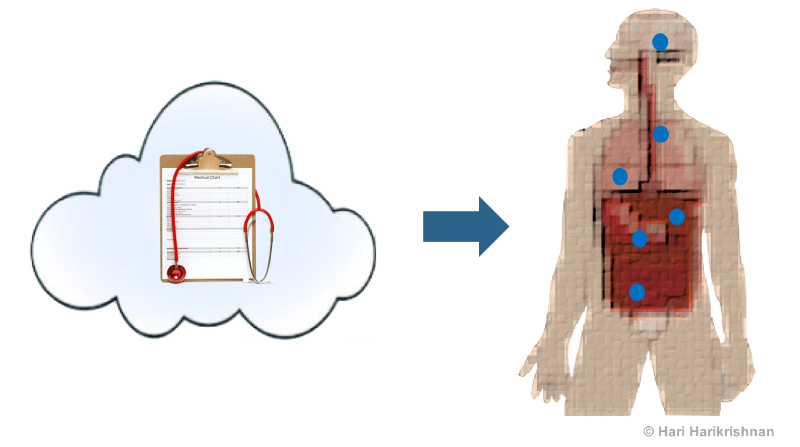
I am well past the life stage of singing “I want my MTV”. I am not sitting around waiting for singularity to show up either.
By the second decade of the 21st century, I should be able to plan my health trajectory and life expectations better. For that, I want my digital twin.
Best wishes to you for a great 2018!



